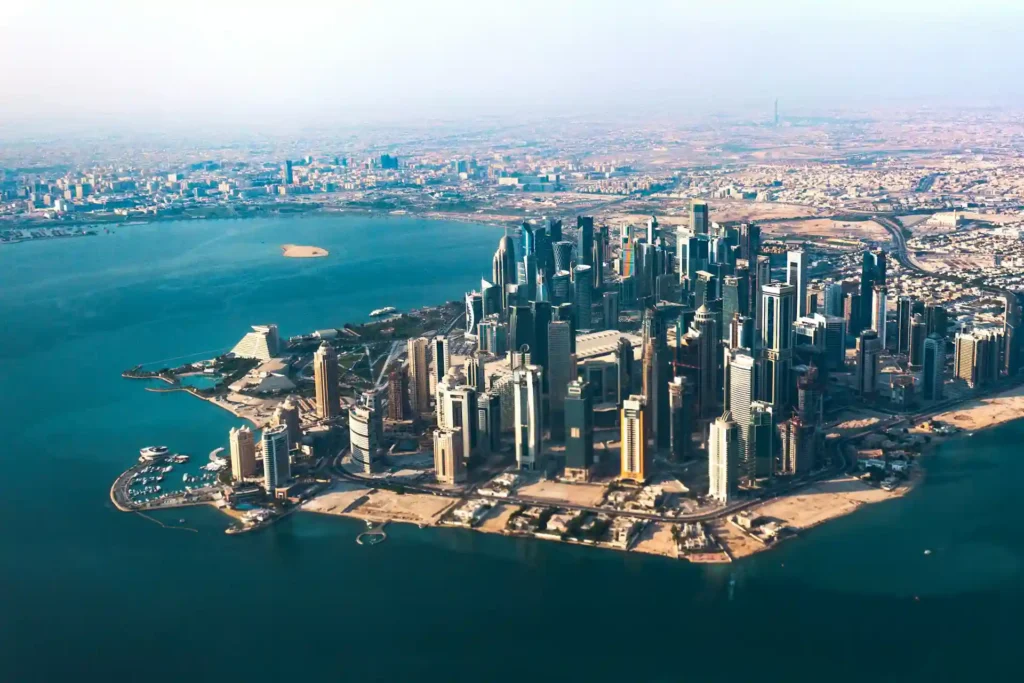IMF and Arab countries strengthen partnership amid global shifts

In an era of significant economic, technological, and geopolitical shifts, the partnership between the International Monetary Fund (IMF) and Arab countries remains essential. This collaboration is more critical than ever, as the world and the region face transformative changes.
Global and Regional Economic Outlook
Globally, economic growth is projected to maintain a rate of 3.3 percent this year and the next, before slowing to just above 3 percent over the next five years—significantly below the historical average.
The Middle East and North Africa (MENA) region is expected to see a growth rebound to 3.6 percent in 2025, driven by recovering oil production and easing regional conflicts. However, medium-term growth remains weaker than pre-pandemic levels.
Policymakers have successfully controlled inflation in many areas, though it has resurged in some countries, potentially leading to varied interest rates and higher borrowing costs for emerging markets and developing economies.
Fiscal Challenges and Economic Resilience
The aftermath of multiple recent shocks has left many countries with strained public finances. Global public debt is forecasted to reach 100 percent of GDP by 2030, with many regional countries facing debt levels over 70 percent of GDP. This situation risks trapping them in a low-growth, high-debt cycle.
Governments face the challenge of managing high debt levels amidst rising spending needs. The region must focus on job creation, enhancing social safety nets, building resilience to natural disasters, and supporting economic diversification. Security demands and post-conflict reconstruction add further pressure.
These challenges arise during a period of global transformation, complicating policymaking. Trade, once a significant growth driver, now grows at a similar rate to global GDP. Policy priorities are shifting, particularly with the new US administration’s focus on trade, tax, deregulation, and technology. The technology revolution, particularly AI, is set to transform lives and work within the next five years.
Adaptable and resilient economies are essential for future success. The MENA region must focus on structural changes, increasing economic resilience, agility, and long-term growth potential.
Building Adaptable and Resilient Economies
To avoid short-term demand boosts that only provide temporary growth and fuel inflation, countries need to prioritize productivity growth. Research indicates that accelerated digitalization, reduced state economic footprint, trade diversification, and free capital flow to dynamic firms can significantly enhance productivity.
Digital innovation, particularly AI, is expected to raise the UAE’s GDP significantly by 2030. More R&D spending will further boost productivity. Reducing the state’s economic role and strengthening governance can also yield substantial benefits, as seen in Saudi Arabia, the UAE, and Morocco.
Encouraging employment, especially for women and youth, is vital for stronger growth. Flexible labor markets and investment in education and vocational training are crucial, as evidenced by developments in Oman, Qatar, and Bahrain.
Economic Diversification and Cooperation
Today’s transformations provide opportunities to stimulate new economic sectors and services, offering a robust growth engine for oil-exporting countries. Many countries are investing in new technologies and improving connectivity and green supply chains.
Countries should seek new cooperation opportunities, particularly through regional cooperation. The Gulf Cooperation Council (GCC) exemplifies the benefits of regional integration.
Fiscal Stability and Institutional Strengthening
A prudent fiscal stance is essential for macroeconomic stability and private sector growth. Countries need to build fiscal buffers to respond to shocks, manage risks, and meet development and climate needs.
Increasing tax revenues is a priority, with significant potential in strengthening domestic tax systems and expanding tax bases. Digitalization and AI can modernize tax administrations, while private domestic and external financing will support regional spending needs.
Special attention is required for countries resolving conflicts or advancing post-conflict reconstruction. Peace and stability in Sudan, Yemen, Gaza, Syria, and Lebanon offer opportunities for rebuilding and growth.
In a rapidly transforming world, countries must become more agile, adaptable, and resilient. They need new growth engines to avoid a low-growth, high-debt trap. The private sector must lead economic transformation through entrepreneurship, job creation, and innovation.
Governments must foster an environment conducive to private sector-led growth by strengthening governance, modernizing public institutions, reducing bureaucracy, and improving access to capital. Policies should prioritize people and social support.
The IMF remains committed to supporting the MENA region. Since early 2020, IMF have approved $33 billion in financing, reformed surcharge policies, expanded capacity development, and strengthened regional presence.
IMF is enhancing private sector support through the new IMF Advisory Council on Entrepreneurship and Growth, representing this region.